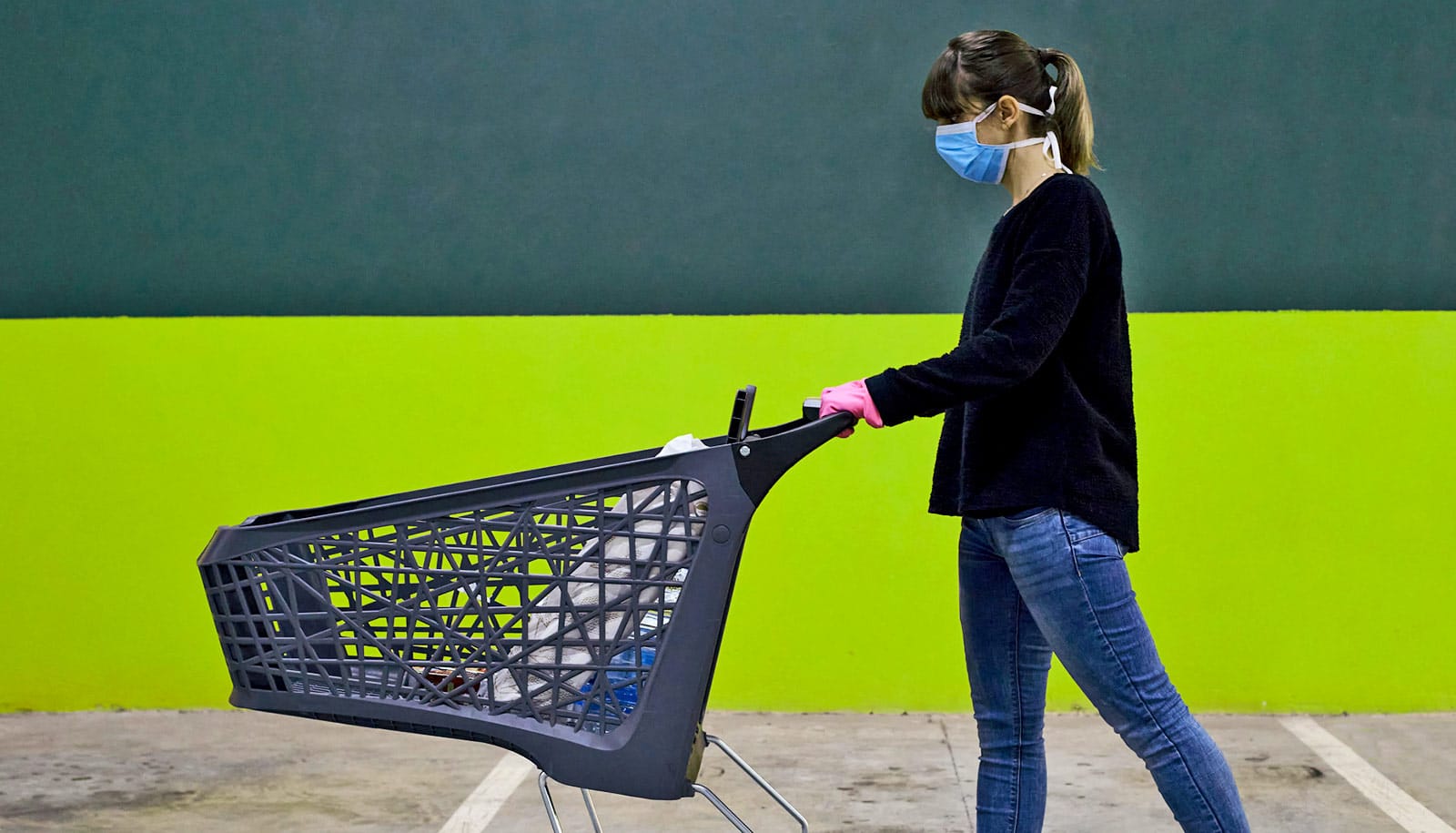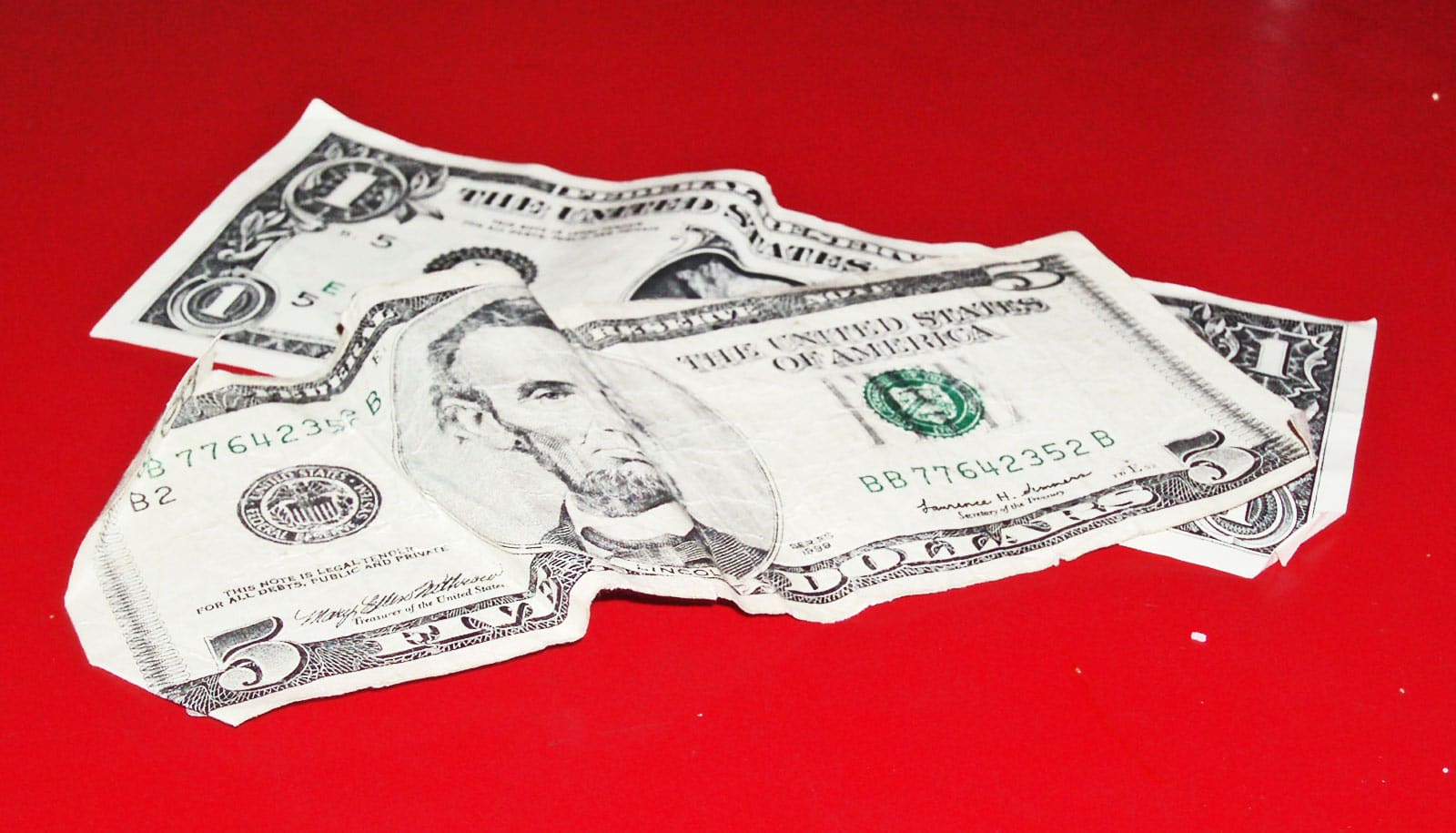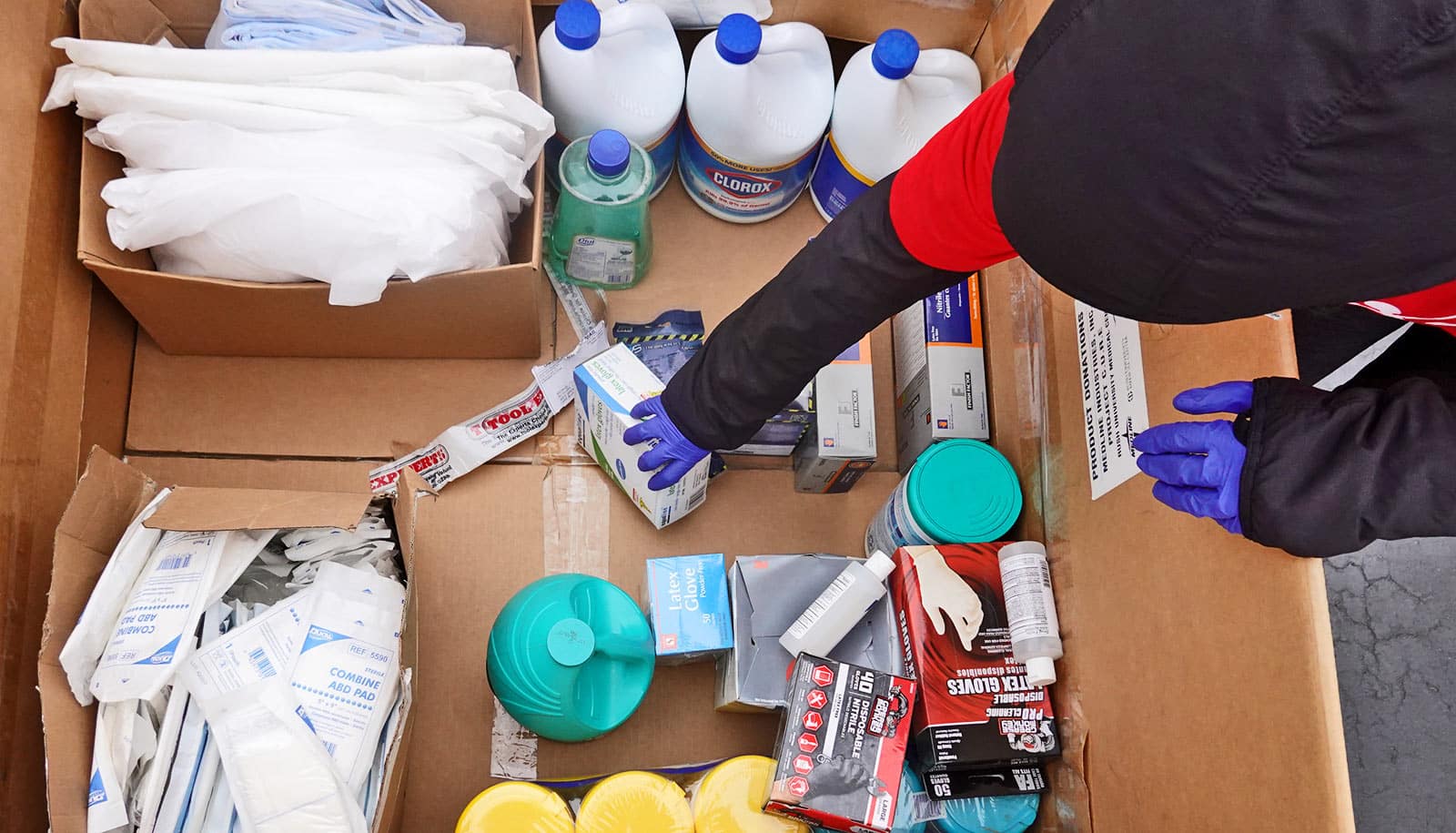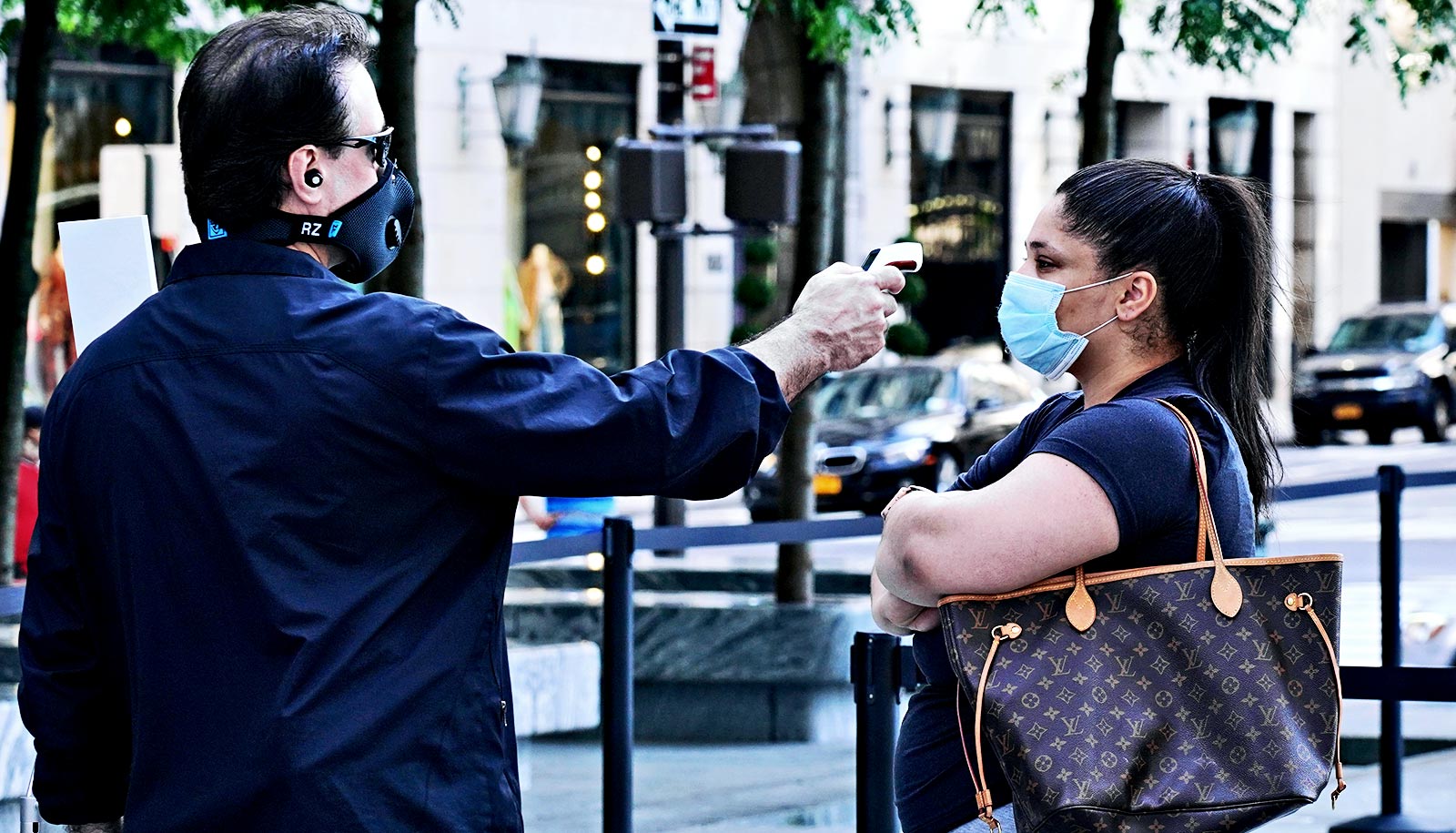In communities with mask mandates, consumer spending increased by 5% on average, research finds.
The economy and coronavirus pandemic were two of the top issues for voters in the 2020 election, according to exit poll surveys. Notably, 52% of voters said controlling the pandemic was more important, even if it hurts the economy. But what if we didn’t have to choose?
The findings show that a safety rule can stimulate economic growth as well.
“Preventive measures such as social distancing and facial masks should be considered as pro-business.”
Researchers from the Olin Business School at Washington University in St. Louis found the effect was greatest among non-essential businesses, including those in the retail and entertainment industries—such as restaurants and bars—that were hit hard by the pandemic.
“The findings exceeded our expectations and show that we can have a strong economy with strong, commonsense public-health measures. Mask mandates are a win-win,” says Raphael Thomadsen, professor of marketing and study coauthor.
Thomadsen and colleagues analyzed the impact of social distancing and mask mandates on both the spread of COVID-19 and consumer spending. They used cellphone location data to track the degree of social distancing in nearly every county in the US and compared that with community voting patterns, coronavirus infection rates, and consumer spending rates.
The researchers found social distancing has a large impact on reducing COVID-19 spread, while the evidence on mask mandates is mixed. But while social distancing reduces consumer spending, mask mandates has the opposite effect. They also found that social distancing decreased in communities with mask mandates, magnifying the positive effect on spending.
“Preventive measures such as social distancing and facial masks should be considered as pro-business,” says coauthor Song Yao, associate professor of marketing. “When people feel safer to spend, or more importantly, when the pandemic is kept at bay, the economy is more likely to have a quick recovery. Not to mention the lives that will be saved.”
“Opening the economy before getting the virus under control only makes sense if you put a very low value on life.”
Perhaps not surprising given the political lines drawn over masks, they also observed that political affiliation had a significant impact on social distancing. Even after controlling for local characteristics such as the population density, income, and other demographics, counties that voted for President Donald Trump in 2016 engaged in significantly less social distancing than did counties that voted for Hillary Clinton.
“If the entire country had followed low levels of social distancing seen in Trump-supporting areas, we estimate there would have been 83,000 more American deaths from COVID to date, which represents a 36% increase over the current death count of 225,000 Americans,” Thomadsen says.
They estimate the tradeoff would have been a relatively small boost in the economy. Consumer spending dropped $605.5 billion from April to the end of July, compared with the same time last year. The country would have recovered $55.4 billion, or approximately 9%, had all counties remained as open as the most pro-Trump areas.
To put it in more dramatic terms, Thomadsen says this means that opening up is only a reasonable policy if one values lost lives at roughly $670,000 each or less. This value was determined by dividing the hypothetical $55.4 billion boost to the economy by the 83,000 lives lost in this scenario.
“The calls to open up the economy come with huge costs of COVID spread and only modest benefits of increased economic activity,” Thomadsen says. “Opening the economy before getting the virus under control only makes sense if you put a very low value on life.”



